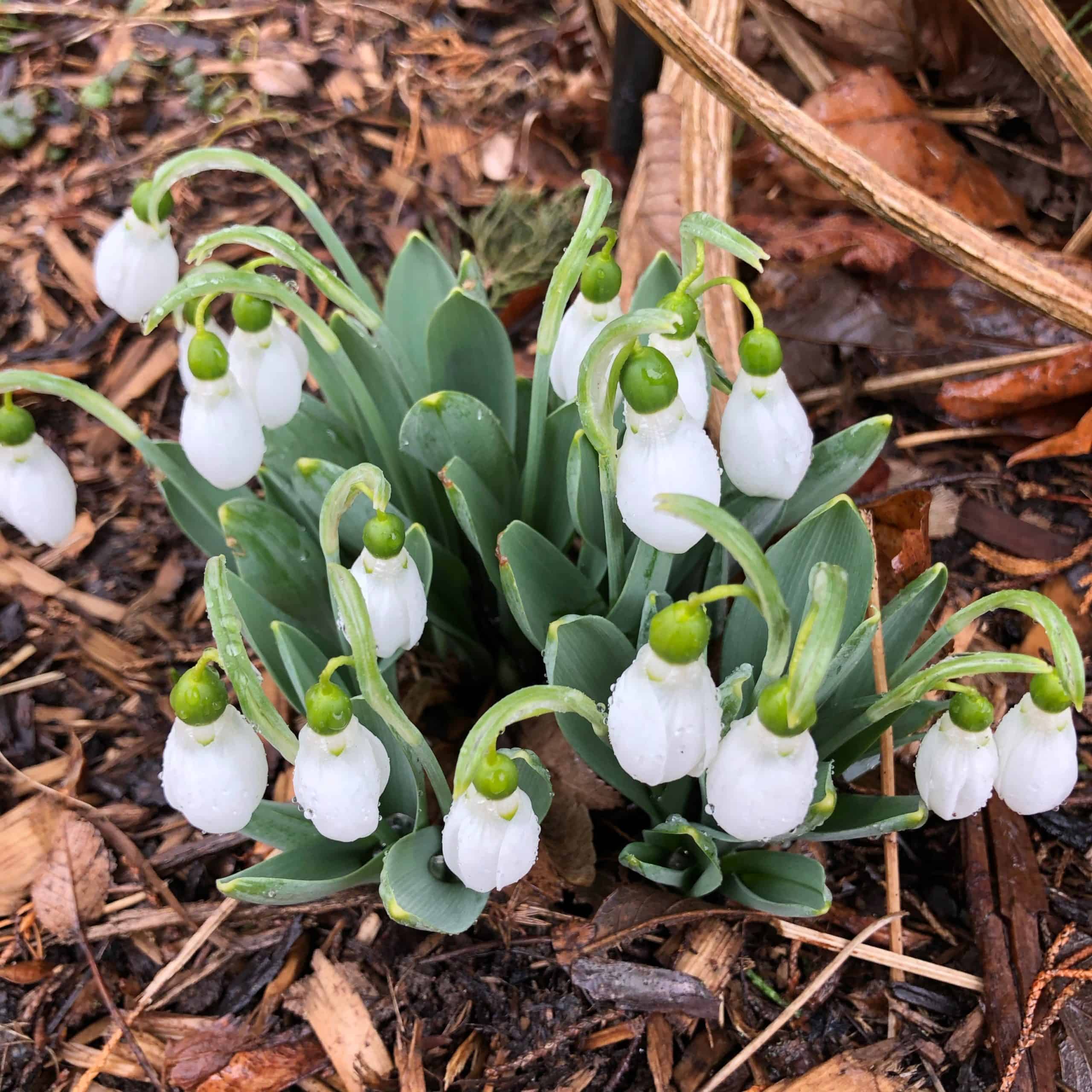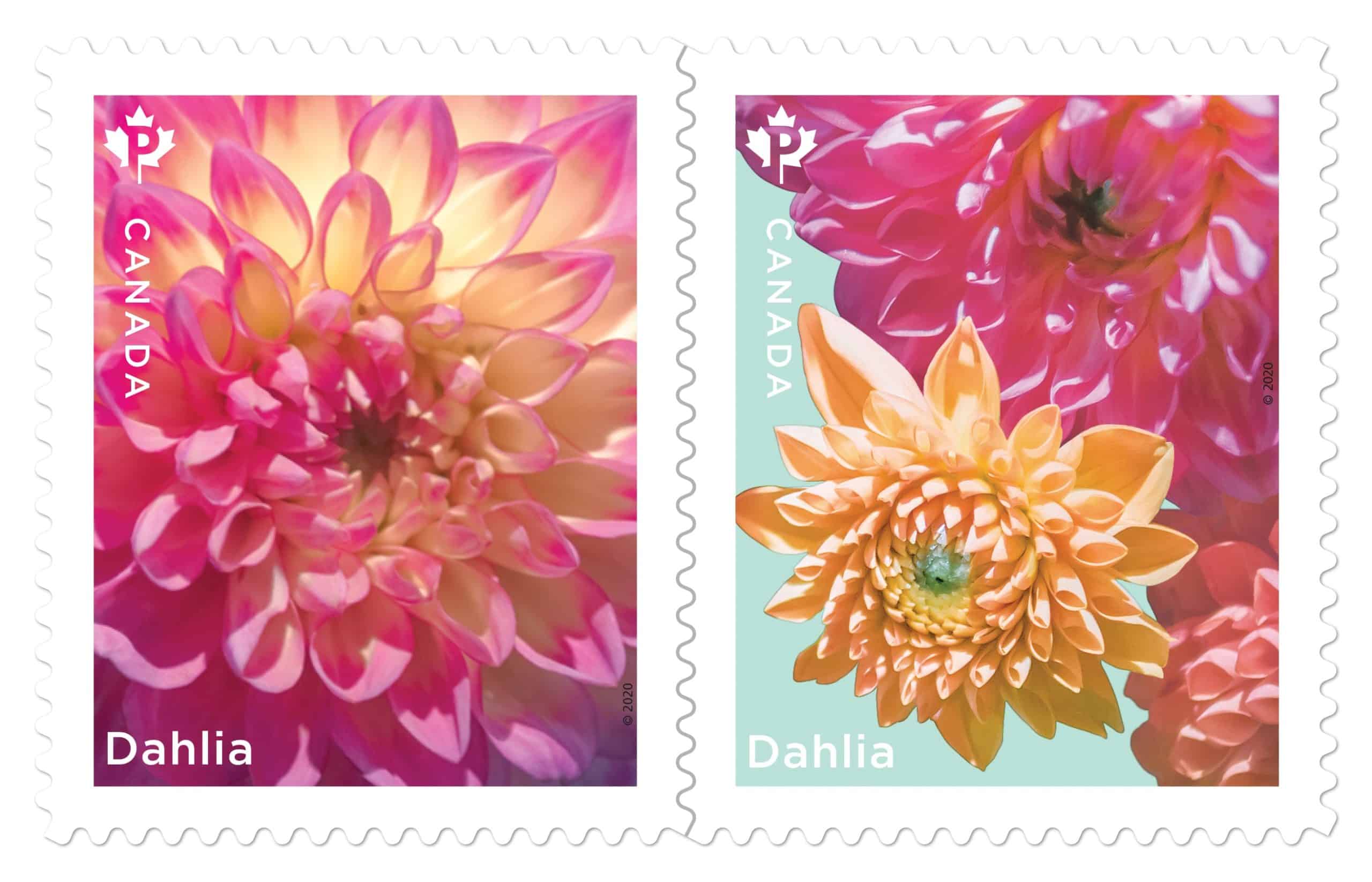If snowdrops bloomed in June instead of March, would we be nearly as smitten with them as we are? Probably not.
After all, they’re rather demure and unassuming flowers — simple white, downward-facing blooms on short stems. No fragrance, no vivid colours, no dramatic foliage. However, they’re always greeted with fanfare when they appear in our gardens in late winter, simply because they’re usually the first flowers we have.

The clumps viewed from my back window have been teasing me with their plump buds for several weeks, waiting for the right combination of sun and heat to unfurl. Most have opened in the past few days, and I’m thrilled.
The botanical name for snowdrop — Galanthus nivalis — is from the Greek word “gala,” which means milk, and “anthos,” meaning flower. “Nivalis” is Latin for snow. Snowdrop aficionados are called galanthophiles, most of whom reside in Great Britain where shows and exhibitions for the little bulbs are popular. An ardent galanthophile can easily describe the minute differences among the 2,500 named varieties; I can tell the difference between a single and a double snowdrop and that’s about it.
Snowdrops grow from small bulbs planted in fall. Plant them as soon as possible; they have a tendency to dry out faster than other fall-planted bulbs. Once established, they gradually spread in delightful ways — never aggressively. If you wish to split a dense clump, or share some with friends, “move them in the green.” Dig them up after flowering, but before the foliage dies back, and replant immediately. Disturb the roots as little as possible and don’t let the plants dry out during their relocation. For more background on snowdrops, read “Time to order snowdrops.”
Other bulbs popping up early?
It’s never a smooth ride to spring. We may have more snow or freezing rain in the next few weeks, catching awakening dormant plants off guard. Emerging spring-blooming bulbs can withstand a late blast or two of winter — they have built-in frost resistance. Other plants may require some help from you. “Frost Protection for Plants” provides advice.
New ideas for a natural garden
Planting the Natural Garden, by Piet Oudolf and Henk Gerritsen, is an updated and expanded edition of Oudolf’s popular book, first published 30 years ago, that introduced us to the beauty and benefits of using native and naturalistic plants in our gardens.
This edition includes new plants and plant combinations, as well as plans of iconic designs in the US, Sweden and The Netherlands. The first half of the book contains detailed plant descriptions; the second covers designing with this all-season plant palette.
“Gardeners in the US and Canada are now discovering the value of their own flora,” writes Noel Kingsbury in the introduction. “New selections of natives appear all the time. The perennial industry has now really developed a life of its own.”
To enter our draw for a copy of the book, fill out the form here.

The dahlia gets a turn
Those of you who write messages on paper and then take these to a post office in the hope that they will reach their destination might be interested to know that Canada Post recently announced that the dahlia is this year’s choice for its annual flower stamp series. (Gardenia was last year’s flower.) Unfortunately, Canada Post does not promise letters with a dahlia stamp will get to their destination any faster.










Hello Becki, I just love the photo of snow drops in your e mail. I really would love to plant them, so that next March I will have the joy of seeing them pop up through the snow. Which ones should I buy, and from where, and when should I plant them, to have them come up next year 2021 ? I live in Hamilton….. Regards, Diana Barker…
Snowdrops are planted in the fall, like tulips and daffodils. You can order them in late summer/early fall online from companies such as Veseys, Botanus or Flowerbulbsrus. There’s not a lot of variety available in Canada, but any snowdrop is a lovely sight.